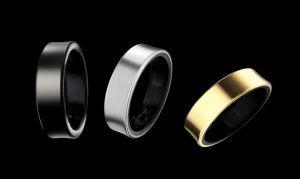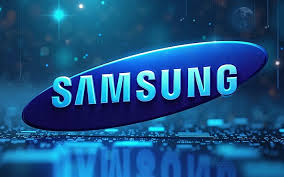The Inevitable: Wearable Tech Becomes Health Risk
Kevin Abbaszadeh
Technology Editor
What was meant to be a sleek health tracker turned into a nightmare for one user of Samsung’s Galaxy Ring. The battery inside reportedly swelled while the ring was on his finger, locking the device in place and sending him to the hospital. The story has raised red flags about safety, accountability, and the hidden risks of wearable tech.
The incident involved tech creator Daniel Rotar of ZONEofTECH. While preparing to board a flight, he noticed his Galaxy Ring tightening unnaturally. Attempts to remove it failed, and airport staff ultimately denied him boarding. He ended up in the emergency department, where medical staff used ice and a lubricant to slide the ring off his finger. The photos he shared showed a bulging battery pressing against the ring’s casing, deforming its interior structure.
Samsung has responded, saying the case is “extremely rare” and that the company is in contact with Rotar to retrieve the device for investigation. The company also reimbursed his hotel costs and arranged transport back home. But so far, the public response has been limited, and no broad safety warning has been issued.

Why did it happen? Rotar speculated that a combination of prior battery issues, exposure to saltwater, heat during travel, and frequent flights may have contributed to the swelling. Battery swelling is a known phenomenon in electronics, often caused by internal gas buildup or chemical reactions over time, but its impact is magnified in a rigid ring design. A swollen battery in a smartwatch or phone might push outward or distort the casing, but there is room to expand. A ring, however, has no slack… so even slight swelling can press intensely against the skin.
This case is disturbing not just for its drama, but for what it suggests about the risks of next-generation wearables. As devices get smaller and more intimate with our bodies, engineers must anticipate failure modes that affect health directly. Users trust that the objects they wear on their bodies will not turn dangerous.
For students of business and technology, the incident is a stark reminder: innovation has a cost beyond design and marketing. Safety, quality assurance, and responsiveness to failures are as critical as features. Samsung’s reputation in the wearable space, and consumers’ trust could be damaged if more incidents follow.
At this point, the Galaxy Ring swelling incident is an outlier. But its implications are not. It prompts hard questions about regulation, liability, and how much risk we are willing to accept in exchange for convenience. Users, developers, and regulators alike must consider where the line is between “smart” and “hazardous” when the tech we wear gets that close to our skin.
Contact Kevin at kevin.abbaszadeh@student.shu.edu

